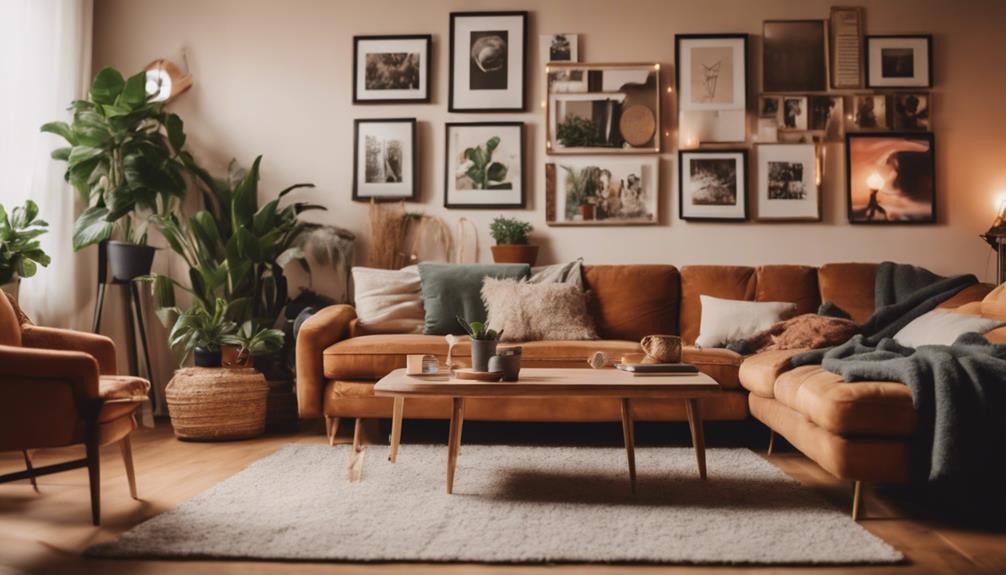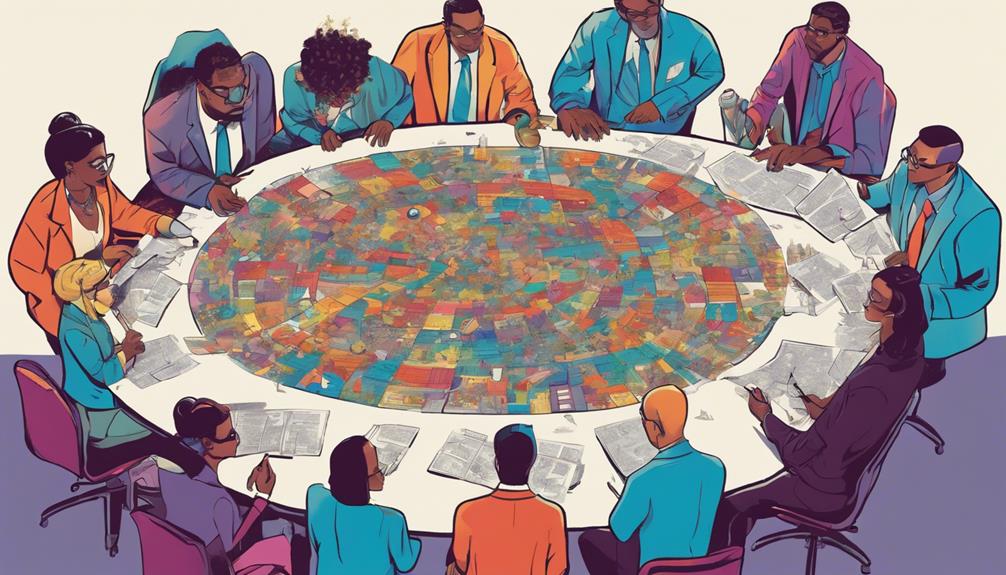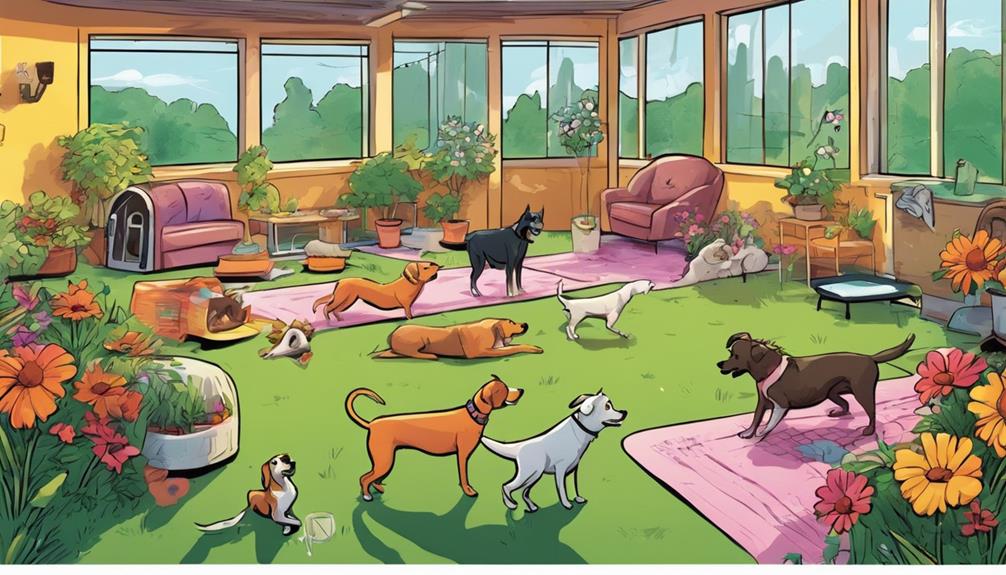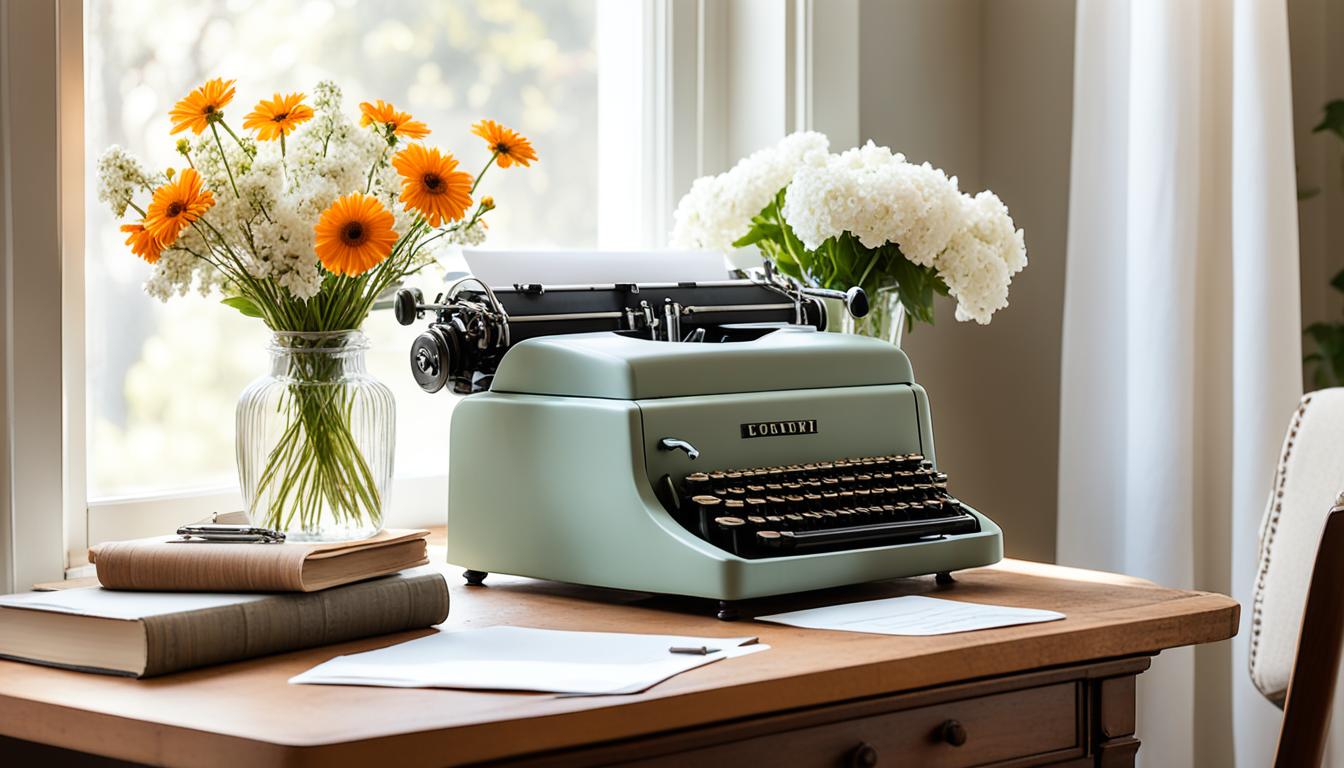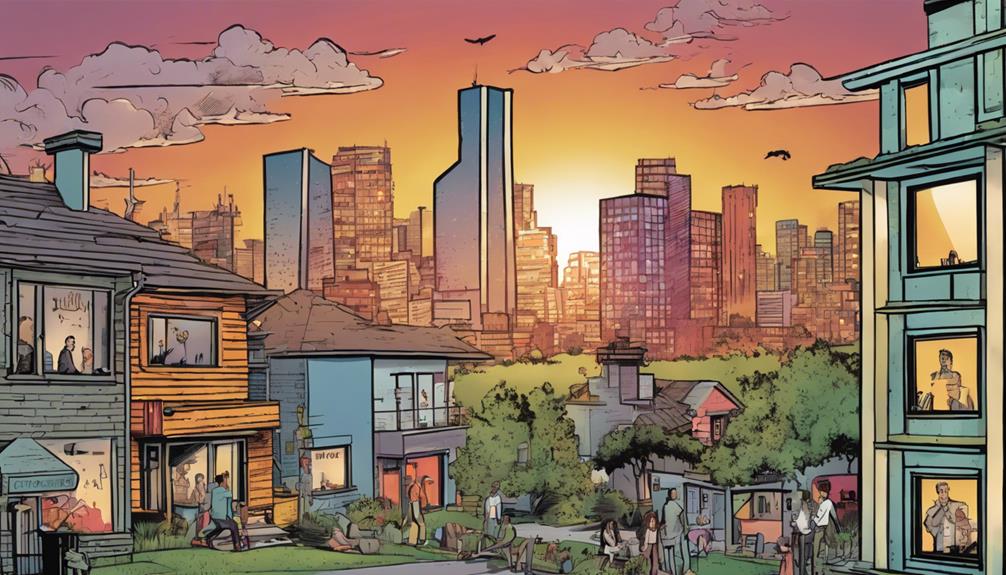Transforming spaces through the art of interior design involves a thoughtful approach that enhances both functionality and aesthetics. It greatly influences the well-being and productivity of occupants while fostering comfort and creativity. Key principles such as balance, harmony, and proportion guide effective designs, ensuring visual stability and coherent spaces. Various styles, from modern to eclectic, offer unique ways to express individual preferences. Successful transformations require detailed consultations and cohesive design plans, emphasizing high-quality materials and effective communication. For those seeking deeper insights, further exploration reveals invaluable techniques and trends that elevate interior design expertise.
Key Takeaways
- Interior design enhances functionality and aesthetics, positively impacting occupants' well-being and productivity in various spaces.
- Key design principles like balance, harmony, and proportion guide effective space planning and visual appeal.
- Popular styles, such as modern, industrial, and Scandinavian, allow for diverse expressions and tailored transformations.
- Utilizing advanced design tools and software, such as AutoCAD and SketchUp, streamlines the design process and improves presentations.
The Importance of Interior Design
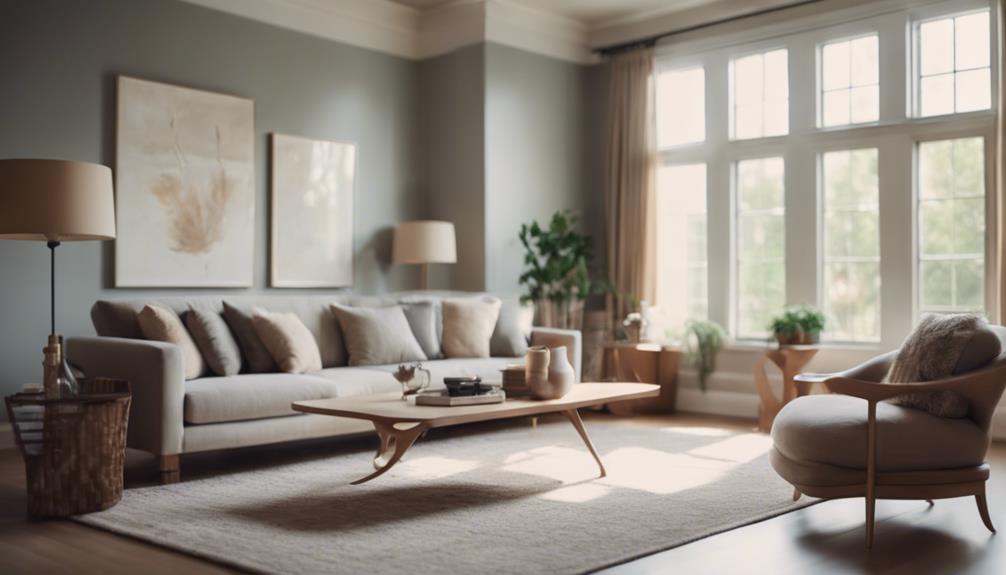
Interior design plays a pivotal role in enhancing the functionality and aesthetic appeal of residential and commercial spaces, ultimately influencing the well-being and productivity of their occupants.
Effective interior design creates environments that foster comfort, creativity, and efficiency, catering to the specific needs of users. It considers factors such as space utilization, lighting, color schemes, and material selection to create harmonious settings that resonate with personal or brand identity.
Additionally, well-designed interiors can greatly impact mood and behavior, leading to increased satisfaction and productivity. By addressing both practical requirements and aesthetic aspirations, interior design transcends mere decoration, becoming an essential component of strategic space planning and user experience enhancement in diverse environments.
Key Principles of Design
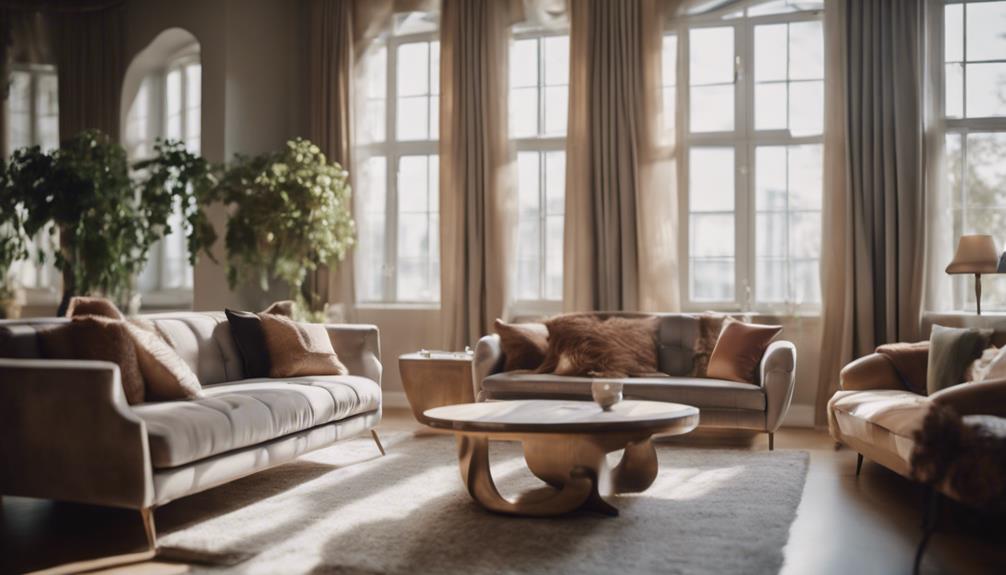
Effective design is guided by key principles that assure spaces are both functional and aesthetically pleasing, enhancing the overall user experience in various environments.
These principles include balance, which guarantees visual stability; harmony, creating a cohesive look; and proportion, which refers to the relationship between objects in a space.
Scale is vital, as it dictates the size of elements relative to each other. Additionally, emphasis directs attention to focal points, while rhythm establishes a sense of movement through repetition of patterns and colors.
Finally, functionality is paramount, assuring that spaces are practical and meet users' needs.
Popular Design Styles
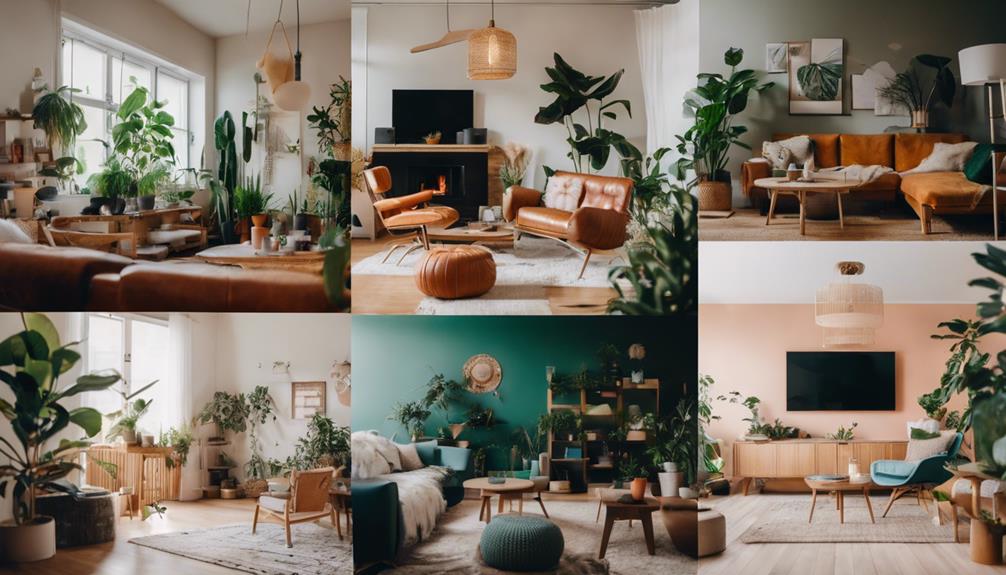
A diverse array of design styles allows interior designers to tailor spaces that reflect their clients' tastes and lifestyles, ranging from contemporary minimalism to rustic charm.
Among the most popular styles is modern design, characterized by clean lines and functional furnishings.
Industrial design, with its raw materials and exposed elements, appeals to urban dwellers.
The timeless elegance of traditional design, featuring classic furnishings and ornate details, remains a favorite for many.
Eclectic design combines various styles, allowing for personalized expression.
Additionally, Scandinavian design emphasizes simplicity, functionality, and natural elements.
Each style has unique attributes that can transform a space, making it essential for designers to stay informed about trends and preferences to meet their clients' needs effectively.
Tools and Resources for Designers
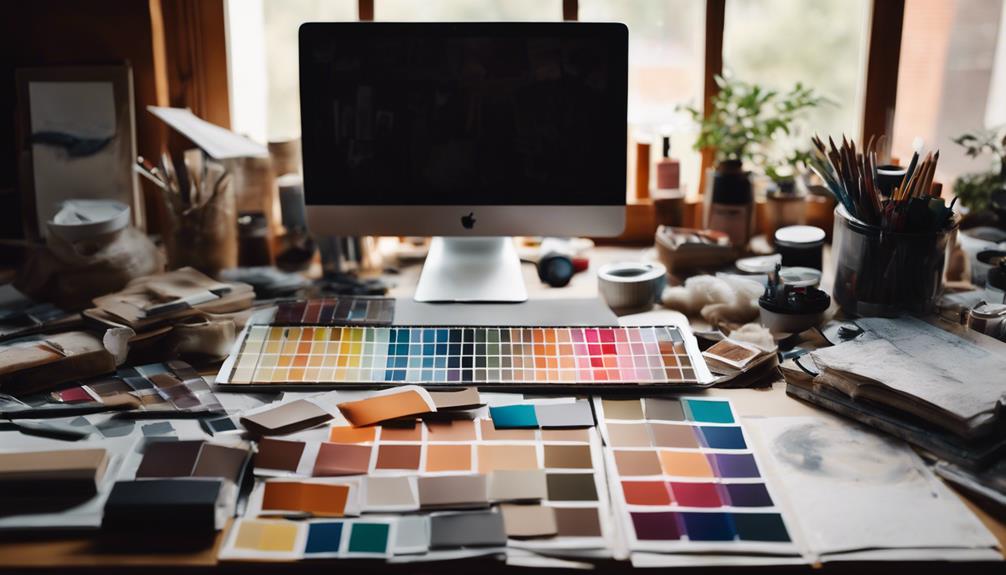
Numerous tools and resources are essential for interior designers to enhance their creativity, streamline processes, and effectively communicate ideas to clients.
Fundamental equipment includes a computer system for design software, a laser printer for producing high-quality presentations, and a tape measure for precise measurements.
Interior design software, such as AutoCAD or SketchUp, allows designers to create detailed floor plans and 3D visualizations.
Sample books featuring fabrics and wall coverings are vital for client presentations, enabling tangible exploration of design options.
Additionally, staying updated with industry trends through online resources, workshops, and professional organizations further enriches a designer's skill set.
Networking through local chambers of commerce and advertising in local media can also effectively promote their services.
Tips for Successful Transformations
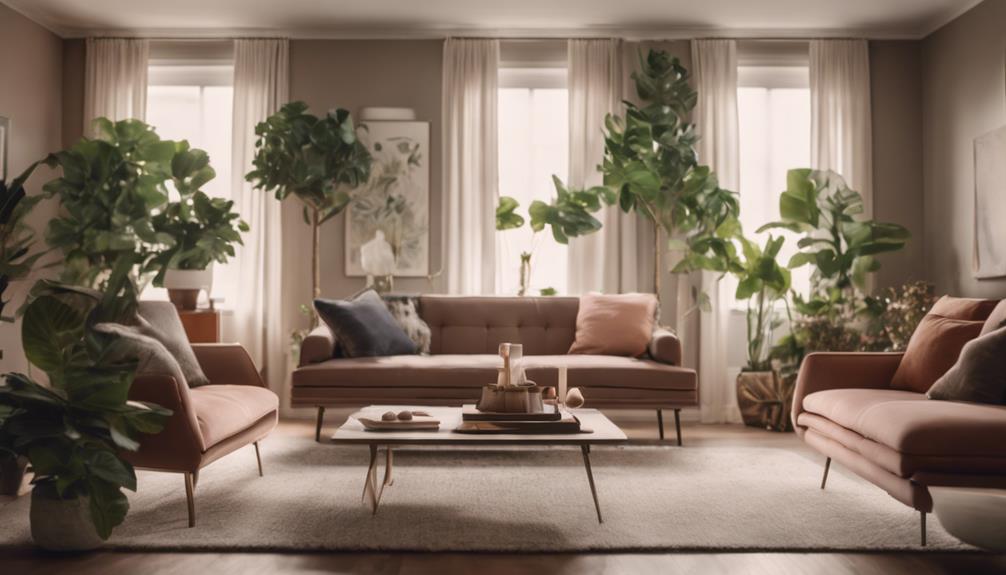
Successful transformations in interior design require a thorough understanding of client needs and preferences, coupled with a well-executed vision that harmonizes aesthetics with functionality.
Begin by conducting detailed consultations to gauge the client's style, budget, and space requirements.
Develop a cohesive design plan that integrates color schemes, materials, and furniture selections, ensuring that each element contributes to the overall concept.
Prioritize space optimization by considering flow and accessibility, particularly in multifunctional areas.
Utilize high-quality materials and furnishings that reflect durability and elegance.
Finally, maintain open communication throughout the project to manage expectations and adapt to any changes.
How Can Interior Design Techniques Be Used to Transform Spaces During Demolition?
Interior design techniques can play a key role in revamping spaces with demolition revolution. By incorporating strategic layout changes, innovative materials, and creative re-purposing of existing structures, interior designers can transform spaces during demolition into modern and functional environments that meet the needs of the occupants.
Conclusion
In summary, the art of interior design proves to be a paradoxical endeavor; while aiming to create harmonious spaces, it often reveals the chaos of human preference and practicality.
The balance between aesthetics and functionality can seem elusive, much like seeking tranquility in a bustling city.
Ultimately, the transformative power of design lies not only in enhancing environments but also in the delightful challenge of steering through the intricate maze of client desires and spatial constraints.
